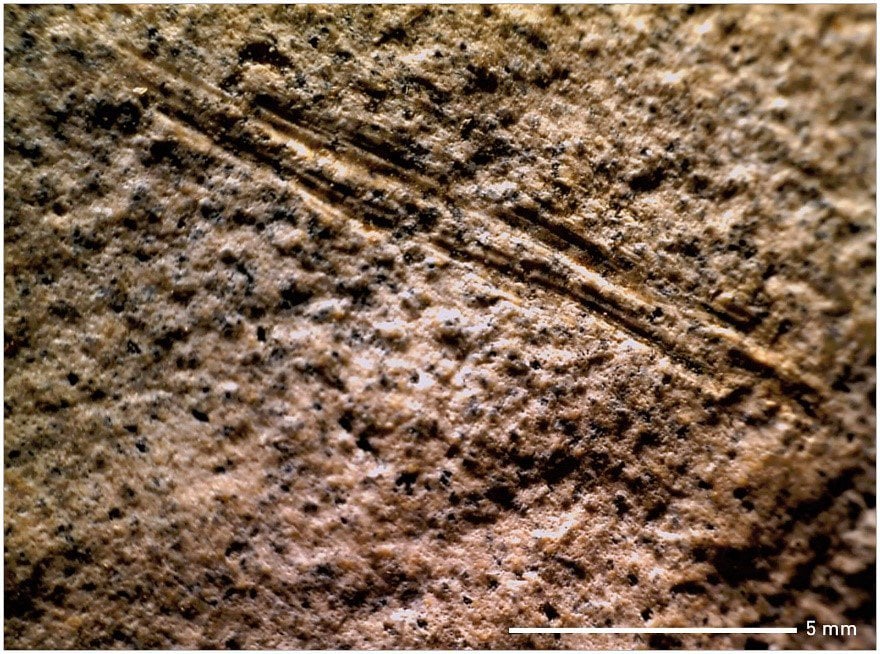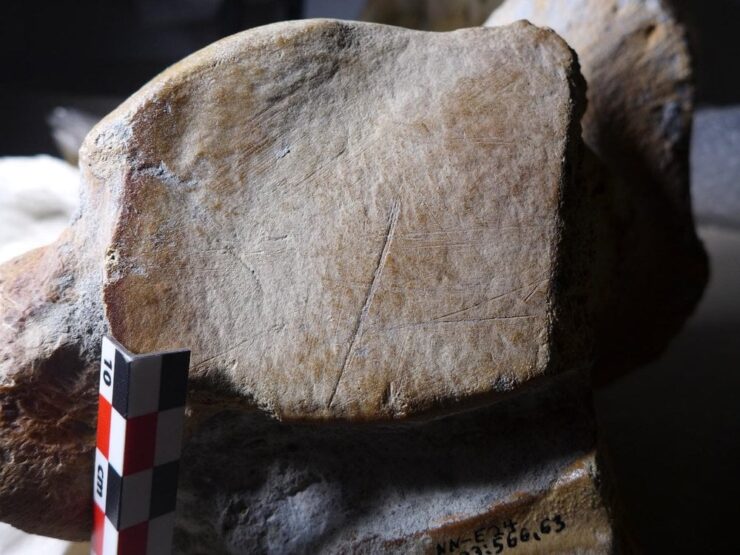According to analysis of 125,000 year old animal bones, Neanderthals hunted and killed enormous prehistoric elephants, obtaining enormous quantities of meat that could sustain hundreds of people.
Together with his German colleague Sabine Gaudzinski-Windheuser, Leiden University professor Wil Roebroeks wrote a article. Sabine Gaudzinski-Windheuser, a German archaeologist at the Johannes Gutenberg University in Mainz, began studying the dozens of elephant skeletons that had been discovered in a lignite quarry in Halle throughout the 1980s and 1990s. The elephant remains are among numerous animal (and plant) remains found in this quarry that provide important information about an ecosystem that existed 125,000 years ago and in which people participated.
Because they are mostly from adult male elephants, the elephant bones, which were previously examined by Italian palaeontologists, were somewhat mysterious. This is a peculiar pattern that has not been observed in other locations.
Gaudzinski-Windheuser noticed cut markings formed during butchering with definitely stone-tooled practically immediately on the bones. In order to find bones with matching signs, the Mainz-Leiden team began by inspecting the bones and searching the boxes containing thousands of elephant fossils. Based on their meticulous research, Gaudzinski-Windheuser and their colleagues have come to the conclusion that Neanderthals hunted straight-tusked elephants, the largest land mammals of the Ice Age, in groups over a period of 2,000 years. The males’ shoulders measured more than 4 meters tall, and they might weigh up to 13 tonnes. Never before have these hunting actions been supported by such convincing evidence.



Why adult male elephants were the primary target of the hunting activities has an obvious reason. Adult elephants don’t have a herd to protect them, therefore they spend most of their time alone. They became “easier targets” as a result.
The researchers estimate that a ten-ton male elephant, which was not the biggest in the study area, delivered at least 2,500 daily pieces of fat and meat for adult Neanderthals.
Another crucial insight provided by the finding is that Neanderthals occasionally gathered in bigger groups than the previously believed maximum of 20. And the Neanderthals must have also been able to keep vast amounts of meat in storage for extended periods of time. They also concluded, that Neanderthals kept certain parts of forested areas open with their frequent use of fire.
Cover Photo: Deep cut marks on the heel bone of a male elephant. Photos: Leiden University
